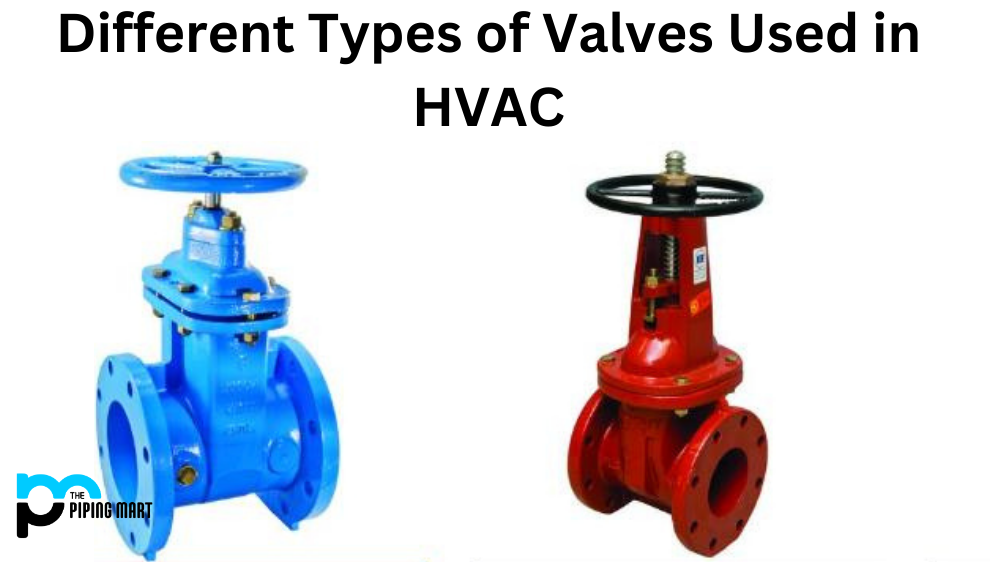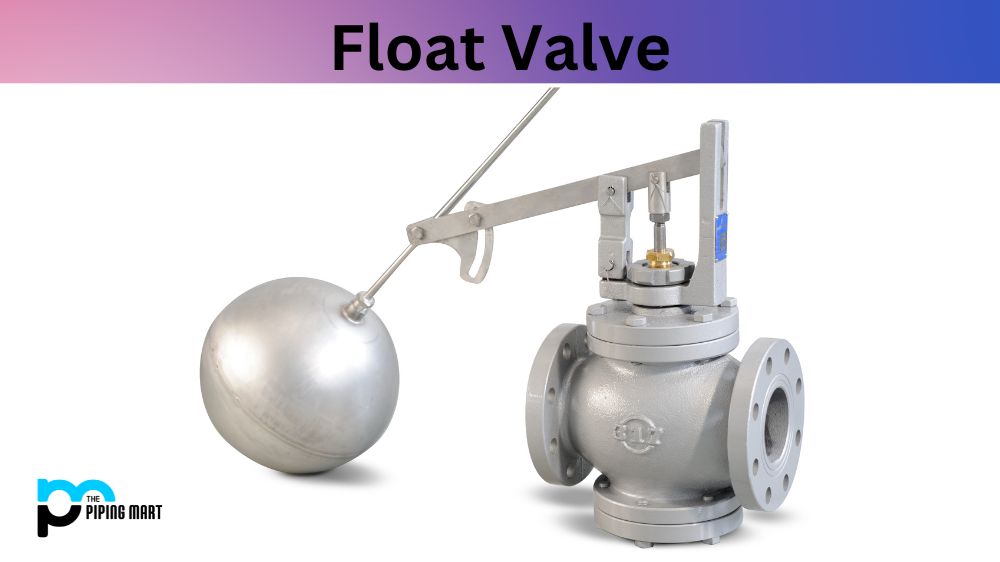Heating, ventilation, and air conditioning (HVAC) systems maintain a comfortable, healthy, and safe indoor environment in our homes and workplaces. One of the critical components of these systems is the valve. It controls the flow of fluids or gases, such as water and refrigerant, through the system to achieve the desired temperature, pressure, and humidity levels. Depending on their application, function, and performance requirements, different valves are used in HVAC. If you are planning to install, repair, or replace your HVAC system, it is essential to understand the different types of valves available and their pros and cons.
Globe Valve
A globe valve is a linear-motion valve with a disk-shaped plug and a stationary ring that controls the flow by moving up and down or side-to-side. It is commonly used in HVAC systems to regulate the flow of steam or hot and cold water to radiators, air handlers, and other terminal units. Globe valves are preferred over gate valves when precise and proportional control is needed, such as in temperature or pressure-sensitive applications. However, they have a high-pressure drop, low flow coefficient, and limited shutoff capabilities.
Ball Valve
A ball valve is a quarter-turn valve with a spherical disc that rotates to open or close the flow. It is popularly used in HVAC systems as a shutoff valve for isolating equipment, such as chillers, boilers, pumps, and tanks. Ball valves are favoured over gate valves for their fast and easy operation, high-pressure rating, tight shutoff, and low head loss. However, they are more expensive than globe valves, and their control capabilities are limited.
Butterfly Valve
A butterfly valve is a rotary valve with a disk-shaped closure that pivots on a central shaft to regulate the flow. It is commonly used in HVAC systems for large-capacity applications, such as air handling units, cooling towers, and fluid distribution systems. Butterfly valves are valued for their lightweight, low friction, high flow coefficient, and full shutoff capabilities. However, they have common throttling and control accuracy, and their elastomeric seats may deteriorate over time.
Check Valve
A check valve is a non-return valve that allows the flow in one direction and prevents backflow in the opposite direction. It is commonly used in HVAC systems to protect equipment from reverse flow and water hammers, such as pump discharge lines and hot water return lines. Check valves come in various designs, such as swing, lift, disc, piston, and dual plate, depending on their application, flow rate, and pressure rating. Check valves do not provide throttling or control capabilities; their performance depends on the piping system’s design and operation.
Pressure Reducing Valve
A pressure-reducing valve is a pressure control valve that reduces the inlet pressure to a lower and constant pressure downstream. It is commonly used in HVAC systems to ensure consistent and safe water flow to equipment and reduce water waste. Depending on their application, accuracy, and response time, pressure-reducing valves come in various designs, such as direct-acting, pilot-operated, and proportional. Pressure-reducing valves have a high-pressure drop and require regular maintenance to prevent leakage and blockage.
Conclusion
Valves are critical components of HVAC systems that play a vital role in controlling the flow of fluids or gases to achieve the desired temperature, pressure, and humidity levels. Understanding the different types of valves available and their pros and cons can help you make informed decisions when installing, repairing, or replacing your HVAC system. Globe valves, ball valves, butterfly valves, check valves, and pressure-reducing valves are the five common types used in HVAC, each with unique features and applications. Choosing the correct valve for your HVAC system depends on several factors, such as the system’s design, the fluid or gas properties, and the performance requirements. Please consult a professional HVAC technician or engineer to determine the best value for your HVAC system and ensure its optimal functionality and efficiency.

Abhishek is a seasoned blogger and industry expert, sharing his insights and knowledge on various topics. With his research, Abhishek offers valuable insights and tips for professionals and enthusiasts. Follow him for expert advice on the latest trends and developments in the metal industry.




